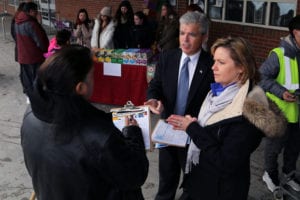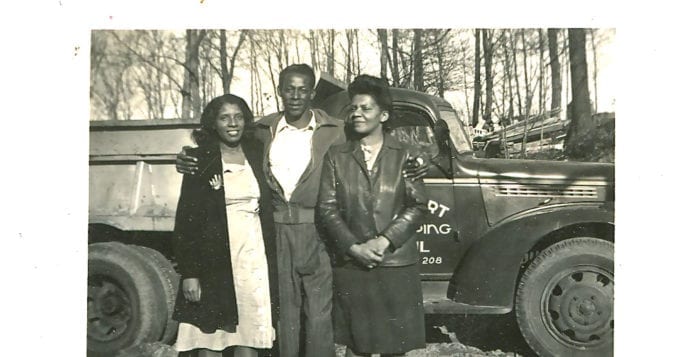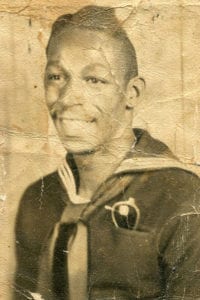By Ellen Barcel
Gallery North will be presenting a new exhibit, one guaranteed to make the viewer both hungry and thirsty. Thirty artists will have their work on display in The Art of Eating opening Feb. 23 and running through Friday, March 17.

Judith Levy, executive director of the gallery, noted that the first time she curated The Art of Eating, six years ago, she had been reading food author M.F.K. Fisher’s collection of essays, “The Art of Eating,” when she got the idea to actually display paintings that focused on food.
In that first exhibit, an artist brought in five images of pizza, the last one showing only the leftover crust. “Some people had unique images,” she observed. This time, Levy said, some of the paintings would be “quirky, some extravagant, some really fun … Someone even did a painting of a wine cork. There’s a wide variety of paintings …. Hanging the show is so much fun seeing the pictures communicate with each other.”
Jackie Lima, one of the artists in the show, is currently in Asia. She was so interested in being in the show, she sent a painting, “Thali,” all the way from India when she heard about the upcoming exhibit. Thali, typical Indian fare, features various dishes served on a platter.

Three Village’s own Christian White will be showing two paintings including “Still Life With Peaches,” a tempting display of fruit and thick, crusty bread with beautiful flowers in the background. Setauket artist Eleanor Meier, well known for her still lifes, many with various food themes, will be showing three pieces, “Pepper Parade,” “Pears and a Blue Plate” and “Juicy Sweet.” Bruce Lieberman’s “Mussels” is so appropriate with Long Island’s seafaring history as is Joan Branca’s “Fish for Sale.” Then there’s Denis Ponsot’s “Carrots and Oranges,” and Tim Kennedy’s “Layer Cake,” the perfect ending to this visual meal.
Styles for the 30 artists vary as does the media from oils to acrylics and water colors as well as drawings and hand pulled prints. Expect realism as well as more abstract styles, all inspired by food and beverages.
There are two special events connected with The Art of Eating. An opening reception will be held on Feb. 23 from 5 to 7 p.m. to which the public is invited. In keeping with the theme of the exhibit, on March 12, from 3 to 5 p.m. the gallery plans to have a tasting menu, A Little Taste of France, prepared by renown chef Guy Reuge of Mirabelle Tavern at the Three Village Inn. Referred to as “France’s gift to Long Island,” the award-winning chef will have his new book, “A Chef’s Odyssey,” available for purchase at the event and will sign copies. The book, described as “an insider’s tour” of restaurants, also includes some of his favorite recipes. Cost of the tasting menu is $45 per person. Call the gallery or email [email protected] to register (by March 8) and for further details.
Gallery North is located at 90 North Country Road in Setauket. It is open Wednesdays through Saturdays from 10 a.m. to 5 p.m. and Sundays from noon to 5 p.m. For further information, call 631-751-2676 or visit www.gallerynorth.org.






















